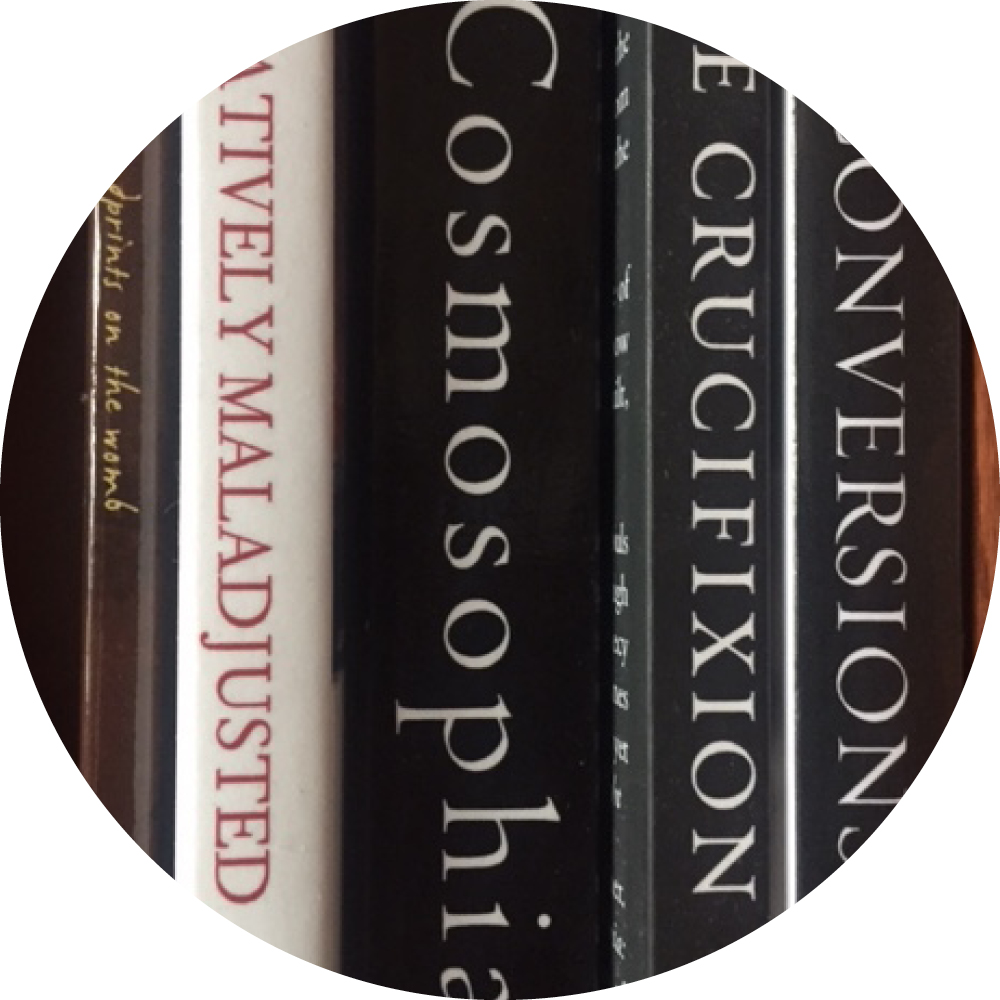The Heart of a Stranger:
A Meditation on Borders & Ruins
By Theodore Richards
El Zocalo, Mexico City
Photo Credit –
Theodore Richards
You shall not oppress a stranger.
You know the heart of a stranger,
for you were strangers in the land of Egypt.
Exodus 23: 9-11
2023, Mexico City
People looked at me funny when I said I was going to Mexico City to celebrate my 50th birthday. Is it safe? was the unspoken question. But they say that about Chicago, too. It’s a question that says more about the media, and our prejudices, than the cities themselves. So I went, knowing that Mexico City would be many things, not merely the stereotypes of Mexican violence and poverty.
Mexico City is among the world’s great megalopolises. I know well from having been to many of them that such places are never just one thing. Mexico City is like a novel, stories woven among stories; it is like a human being, a collection of karma, co-evolving communities of microorganisms. Crossing the border from the United States to Mexico was easy. Cities, especially mega-cities, contain borders within them, too, sometimes harder to cross than international borders.
I find this to be true. I wander the leafy streets of La Condesa and Roma, drinking wine and espresso on sidewalk cafes. In el Zocalo, the city’s main square, I see the largest flag I’ve ever seen, a nationalist symbol for sure; but nearby, in the Federal Palace, there are Diego Rivera’s murals, a celebration of the people. The Cathedral is built upon the ruins of the Aztecs’ sacred precinct. This could be viewed as an abomination, of course. But it is also true that indigenous people sing and dance all around the site, still today. Mexico City, in fact, is an old city built upon a more ancient city, Tenochtitlan. It can remain sacred if those ruins remain a part of its soul.
And I am crossing still another border. I am about to turn fifty years old. I am traveling alone again, after so many years.
2003, Ciudad Victoria, Mexico
It had been twenty years since I’d been to Mexico. In 2003, I’d just started dating the woman who would later become my wife, and I suggested that we take a trip together; for travel had been one of my most cherished activities at the point, central to my identity. I was twenty-nine years old, entering the first real, adult relationship of my life. There were so many things I didn’t know about myself then. Later, in middle age, in the time leading up to my trip to Mexico City, I’d be forced to confront them. But then, I was just young and in love. I wanted to show her the freedom that I thought I had, to cross a border with her.
So we took a road trip together, from Chicago all the way to Mexico, crossing the border at Brownsville/Matamoros, along the coast to a little fishing town called La Pesca. The weather turned bad – in the days before smartphones we hadn’t realized a hurricane was coming from the Atlantic – and we were forced inland to a mid-sized city called Ciudad Victoria. It was a peaceful town, with a busy market in the central plaza where we bought herbs from old women. At night, we listened to a man sing Spanish versions of American R & B songs at the hotel bar.
Only later did I reflect on the fact that the Spanish side of that border is called Matamoros – “Moor Killer”, in reference to the ancient conflict between the Spanish and the Moors to their south – and that now it is the site of so much contention. The American side is crawling with border patrols, seeking to keep the Mexicans out, Mexicans risking their lives, often dying, trying to cross the desert to reach the north. The border feels arbitrary on the American side. It’s heavily Spanish speaking, heavily culturally Mexican. It was, after all, once a part of Mexico. But the Anglo-Americans believed, in the quasi-religious belief in “Manifest Destiny,” that the land was ordained for them.
Borders shift. They are ignored by every life form but the human, and not really by humans either.
Only later did I also reflect on the fact that there was another border crossed on this trip: the border from alone to together.
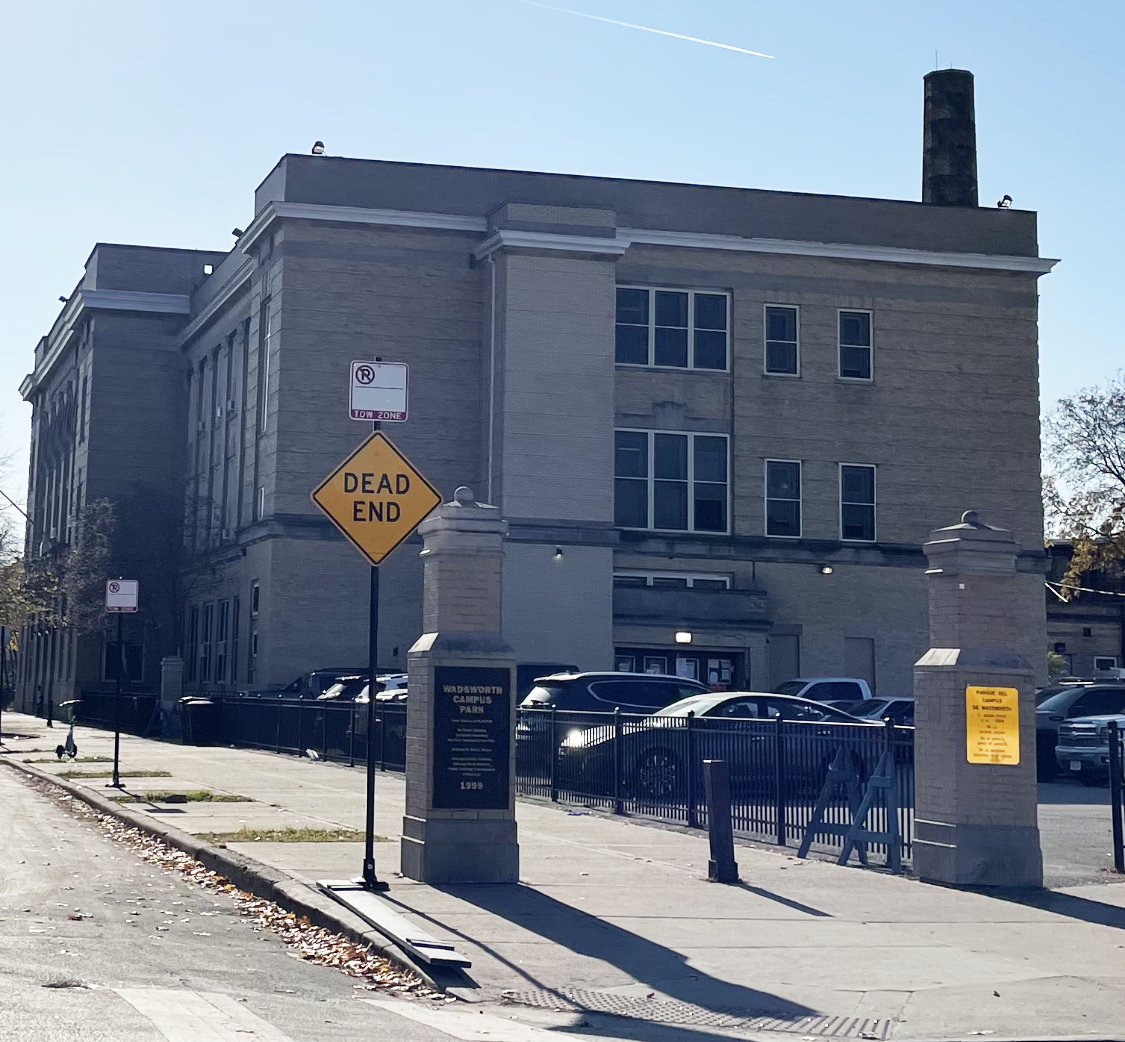
Wadsworth School, Chicago
Photo Credit – Theodore Richards
2023, Chicago
Twenty years later, I am living with Ari, my wife now of 18 years, and our three children on the south side of Chicago. I am reading a book called Esperanza Rising to my ten-year-old. It’s about a girl whose family is forced to emigrate from Mexico to the United States and work on a farm when her father dies.
A couple of blocks from our home is an abandoned school. It’s been closed as part of the city’s efforts to save money, mostly in Black neighborhoods. There may have been legitimate reasons for the closures. But when a charter opens right next door a year later, it makes one question what it’s really about. What’s more, closing a school in a Black community carries with it a symbolic weight. Education has always been a context for liberation and oppression, whether it was in the form of laws that made it illegal for Black people to read, segregated schools, or, now, school closures. Wadsworth sat in our neighborhood for years – like medieval Romans, we walked past the ruins every day – emptied of students but full of questions and broken promises.
This is the context into which the Venezuelans arrive. They’ve come overland, through Central America and Mexico. After crossing the border into Texas, the governor, in an effort to cause political problems for liberal northern mayors (and, let’s be honest, racism) sends them in buses to New York and Chicago. With few options, some of them are sent to live in the ruins of the abandoned school. Others still live in tents outside of police stations.
It is of course unfair that they closed a neighborhood school and turned it into a migrant shelter without any consideration for the community. It’s absurd that a Texas governor would use them as a cynical political pawn.
Equally absurd, however, is a political discourse that vilifies the migrants. They didn’t want to leave home, didn’t want to risk their lives walking from South America. They don’t want to live in tents in a Chicago winter. They came because American foreign policy, an oil embargo, destroyed their economy. They also came for reasons that migrants increasingly head north all over the world: our planet is crowded and warming, and resources are spread thin.
But this ought not be a choice between a school for Black children and a new home for migrant children. The United States has plenty of money. As the migrant crisis rages, another crisis erupts in Israel and Gaza. Our government sends billions of dollars to pay for bombs to blow the heads off Palestinian children. As the conflict in Gaza intensifies, the idiocy of our discourse does, too. Racial epithets are shouted at migrants in community meetings, while those who question the genocidal crimes of the nation-state of Israel – even as many Jews do the world over – are labeled “anti-Semitic.” It is a madness that seems to have taken over our world, a denial of things as obvious as the wickedness of murdering children lying in hospital beds. It should be noted that it isn’t a madness of any particular ethnic group, but of power. The antidote is not conventional power, but the power that comes from remembering the ruins whence we all come.
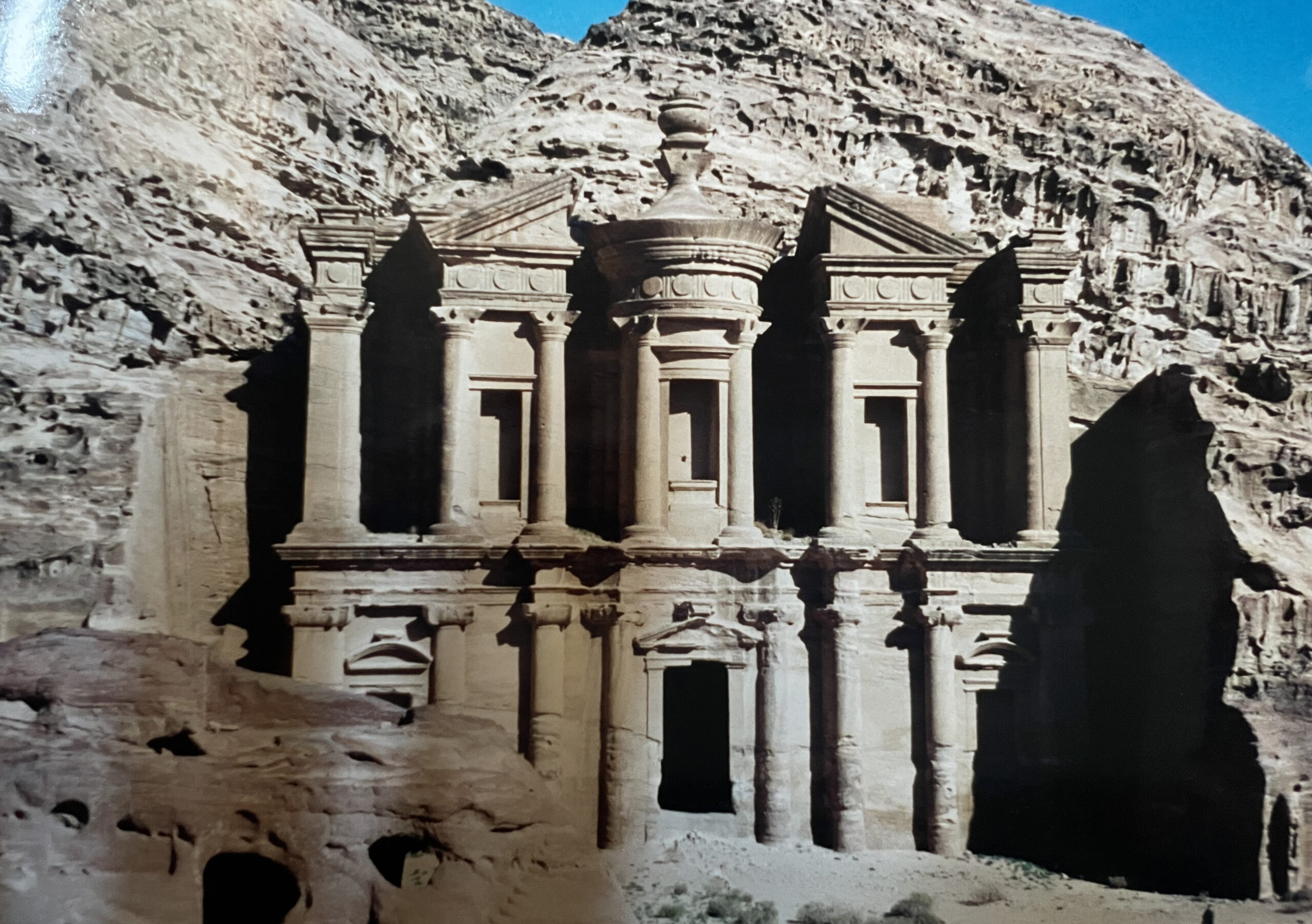
Petra
Photo Credit – Theodore Richards
2001, Rafah, Gaza
I arrived at the Rafah border crossing in a van from Cairo. There, I was put in a line for those carrying E.U. and American passports (I was the only one in this category) while the Palestinians made up the other, much longer, line. We waited while gun-toting, reflective-sunglass-wearing Israeli guards looked on. There were no Israelis attempting to cross the border. A few months before, Ariel Sharon had provocatively visited al-Aqsa Mosque in Jerusalem, prompting the onset of the second intifada. The mood was tense.
When I reached the front of the line, I was questioned and searched thoroughly. My passport had stamps from Pakistan, Iran, Jordan and Egypt, so I was suspect. But my passport was also American. A Palestinian refugee in Amaan had told me that they refer to Israel as “the 51st State.” Our country funds and supports much of what happens there.
And what does happen there? In addition to the historical grievances, the daily humiliations and lack of civil liberties, there is the terror of the settlers. On any given day, a Palestinian family might come home to find an armed settler, supported directly by the Israeli military and indirectly by American power, has taken his home, the olive grove his family has tended for centuries. While originally a secular movement, one cannot avoid the religious nature of contemporary Zionism. These settlers – surely a minority among Israelis but wielding undue political influence – believe in the restoration of their Biblical kingdom – Manifest Destiny in the Middle East. “This isn’t about religion for us,” the Palestinian in Jordan told me. “We just want to have a democracy. A single nation with equal rights for all.”
When everyone had been thoroughly searched and questioned, we were all taken into an open, grassy area. We waited. A bus was coming, I was told. Hours passed. Finally, it arrived. We all got on. The bus took us a few hundred feet and stopped in.
“Why are we stopping?” I asked an older Palestinian man sitting nearby.
“This is it,” he said. “We are here. We can get out.”
“Why didn’t we just walk?” I asked. “Why did they make us wait for the bus?”
“The Israelis always make us wait,” he said. “They do it just to fuck with us.”
Again, Palestinians and non-Palestinians were separated. They would remain in Gaza. A soldier walked the rest of us, those who would enter Israel, to an armed vehicle. He gestured apologetically with his rifle as he ushered us into the back of the truck. “You have to go this way,” he said. “Because of the problems.”
We rode through Gaza in the back of the armored truck, along roadways lined with barbed-wire fencing, looking out through little slits at the brown, parched earth, the overcrowded and decaying developments in the distance. Many of the inhabitants of Gaza have been there since 1947, since they were forced from their homes during the war. They are still waiting.
We crossed the other border into Israel proper and were let out. The land was different here. The desert made green, the land of milk and money, of wealth and water. When I made my way to Jerusalem, the clouds opened. To escape the rain, I walked into a café. “We need the rain,” said the young, long-haired Israeli working there. “We give all our water to the fucking Arabs.”
Seldom do we think of things like water, more broadly climate and resources, as the reason for war or for people to leave their homeland, but it is often the ultimate cause. Human beings have always wandered looking for food or water. And often, they have encountered other humans there. Sometimes, we can be welcoming, but often we can be cruel. Jewish people had once come to the region fleeing European oppression. And still further back, they had followed the very same path I retraced, from Egypt to the Levant. This experience became foundational for their spirituality.
You shall not oppress a stranger.
You know the heart of a stranger,
for you were strangers in the land of Egypt.
It is an admonition to not merely to be welcoming, or even to be empathetic. It is a call to remember.
Teotihuacan,
Pyramid of the Moon
Photo Credit –
Theodore Richards
2023, Mexico City
On my last day in Mexico, I take a bus to the ruins of Teotihuacan, about an hour outside the city. It’s a spectacular site. There are two massive pyramids. It was, at its peak, among the largest cities in the world.
I love to visit ruins. My favorite, perhaps, is Petra, in Jordan. When I visited there, just before my visit to Israel, it was almost empty; the intifada had scared the tourists away, and I was free to wander on my own. All ruins contain within them a lesson, like the Bible verse, a reminder of who we once were. What’s more, they are a warning of what we might become.
Teotihuacan was abandoned long before Europeans began their brutal conquest of Mesoamerica. What could have caused this collapse? My tour guide mused that perhaps it is a warning to Mexico City, a city so massive it can barely sustain itself. But what of Teotihuacan remains? It was sacred to the Aztecs, a later civilization, and remained a part of their mythos. I am reminded of the indigenous people dancing outside the Cathedral in the Zocalo.
I am also reminded of other borders I’ve crossed, other ruins I’ve wandered through. I once came to Mexico as I crossed from aloneness to marriage. I once crossed the border into Gaza, and many others. Now I am a different kind of person. But still, there is something that remains of that older version of myself. We are all ruins.
Groups of people are like this, too. We have all been strangers; we have all been oppressed. We all have the capacity to become the oppressor.
While at our worst we can be cruel, can become the oppressor, can commit unspeakable atrocities, there is another capacity we possess as human beings. We can discover “the heart of the stranger.” This means that we can encounter one another as strangers and transform ourselves into kin. It is the closest thing to the miraculous I know, far better than walking on water. We are going to cross a border either way. We can become Teotihuacan, or we can become family. Whether it is on the south side of Chicago, Mexico City, or Gaza, this is the only way we can survive on a crowded and burning planet.
Mexico City
November 2023
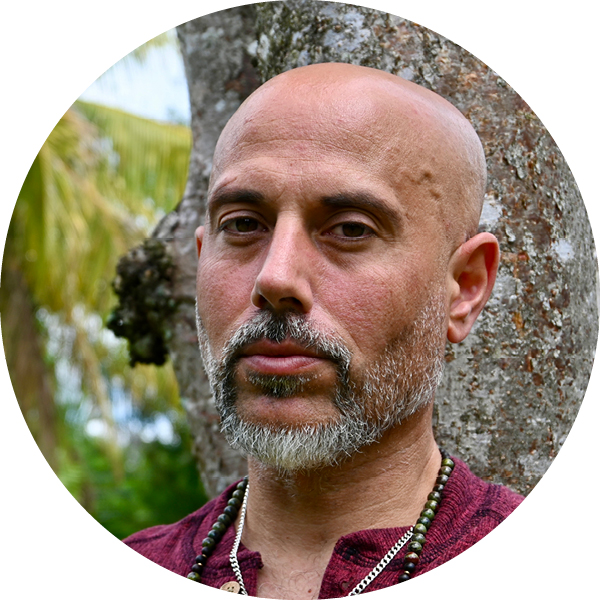
Re-sources
Re-Imagining Education

Empowering educators to take a deeper look at the stories told in our schools and to re-imagine them in transformative and
nurturing learning spaces.
Learning Opportunities
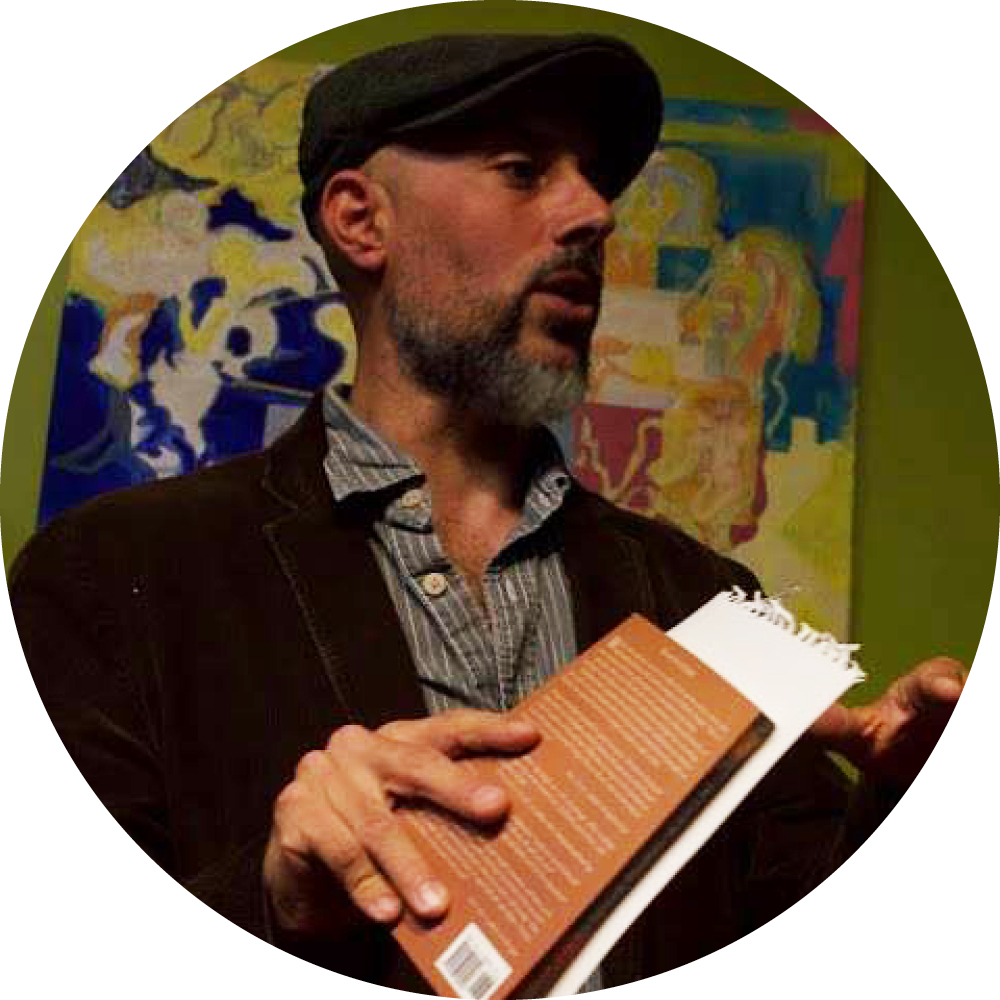
Classes, workshops, and lectures that help to empower people to re-imagine who they are and their place in the world.
Get Involved
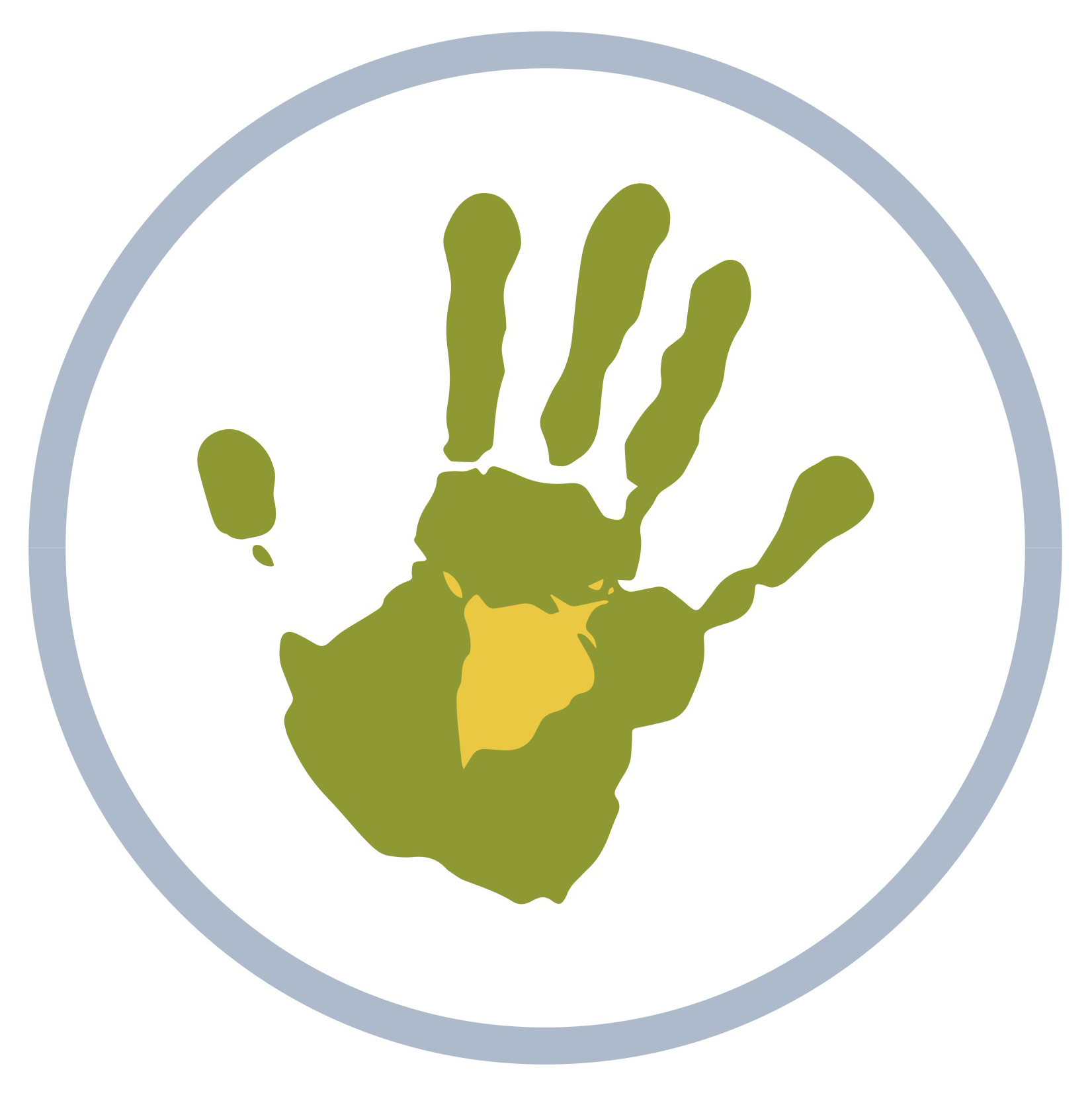
Help the Chicago Wisdom Project realize its mission to re-imagine education through holistic programming that transforms individual, community and world through creative expression.
